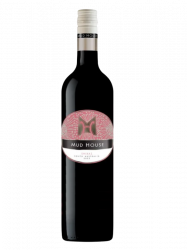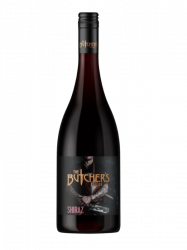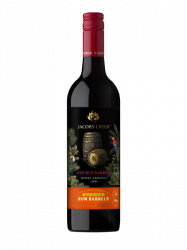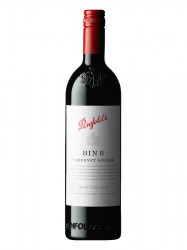Shiraz and the Barossa go hand-in-hand; like Central Otago and pinot noir or Marlborough and sauvignon blanc. But what makes the wines world-class and what food should we pair it with?
As well as being home to some of Australia’s most famous wineries, the Barossa is also home to its oldest with some stretching back six generations. The histories of these wineries is important, not just for the depth of experience but, more crucially, the age of their vines.
In the mid 19th century an outbreak of phylloxera (an aphid-like bug) all but destroyed Europe’s vineyards, leaving the shiraz, cabernet sauvignon, grenache and mataro (or mourvedre) vines of the Barossa as the oldest in the world.
The vines, particularly shiraz, thrived in the Barossa’s fairly Continental climate, and this unique ability to draw from old vines producing small concentrated fruit parcels led to the making of complex full-bodied red wines. The wines that put the region on the map can be a tad pricey for the average consumer – Penfolds Grange retails at more than $700 a bottle – but all the Barossa’s key wineries create beautiful shiraz for all price points.
What should I expect it to taste like?
Originally Australian shiraz, including those from the Barossa, made its name as a full-bodied wine, high in alcohol with plenty of smooth tannins. These days, winemakers are pulling back from that style, picking grapes earlier to create wines that are a little more sophisticated and lighter on the palate. Generally shiraz offers black cherry, plum, black pepper, liquorice, and dark chocolate flavours.
What can I drink it with?
Again it will vary winery to winery but hearty meat stews, game and chocolate are all good places to start.






